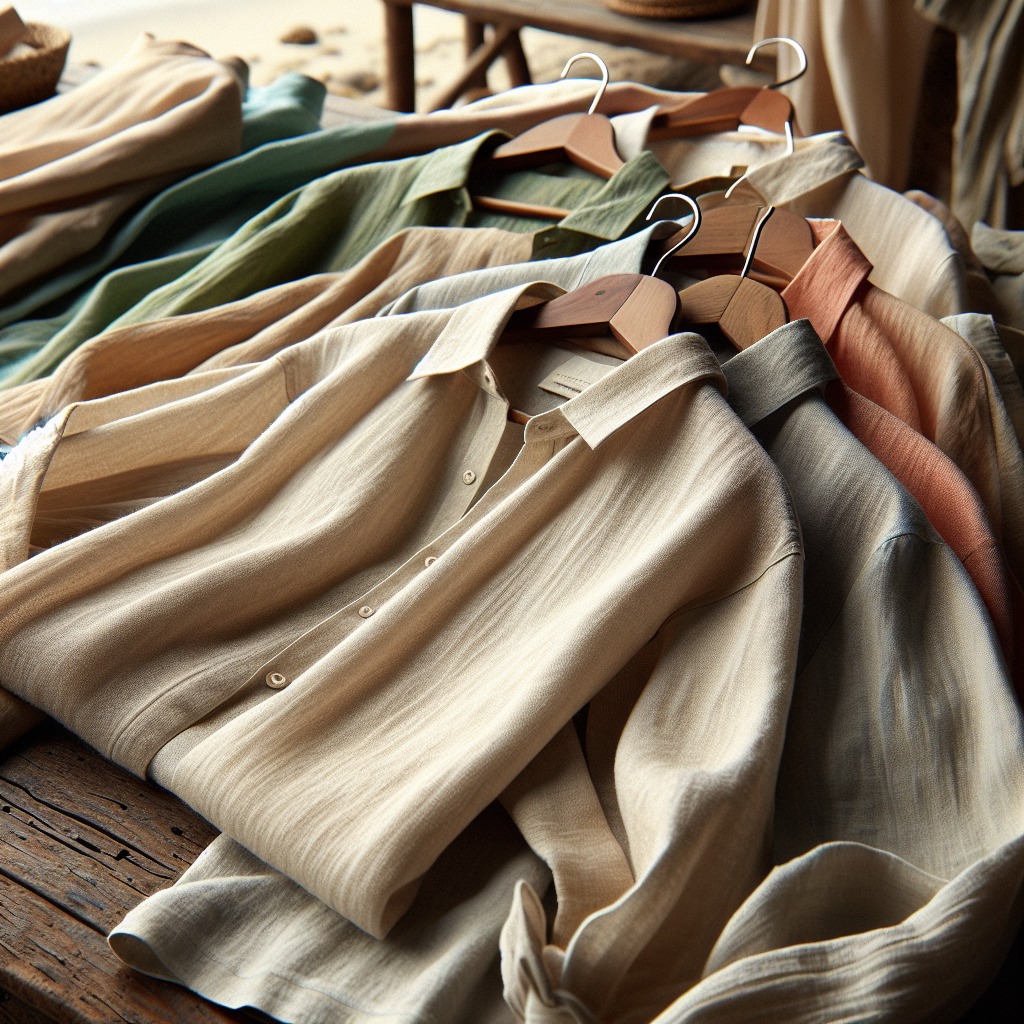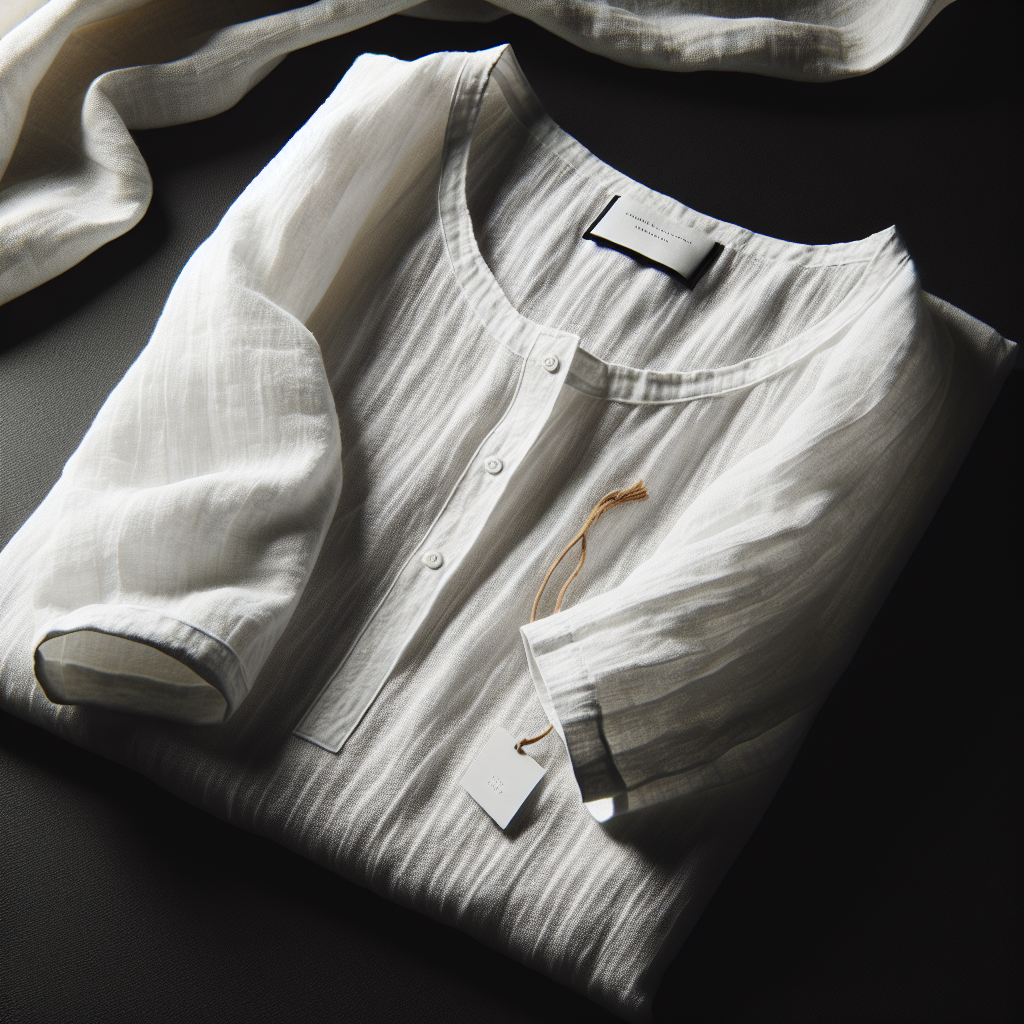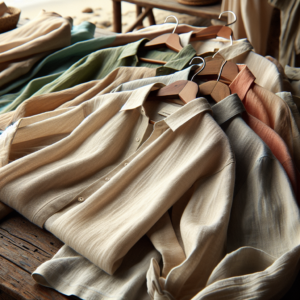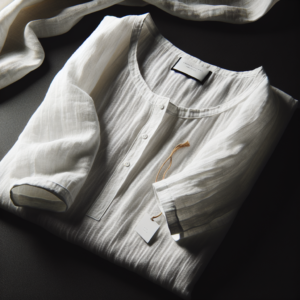The Journey of Cotton: From Field to Factory
Cotton is a versatile and widely used natural fiber that has been cultivated for thousands of years. It is used in a variety of products, from clothing and household items to medical supplies and industrial materials. But have you ever wondered how this soft and fluffy fiber goes from being a plant in a field to a finished product in a factory? In this article, we will take a detailed look at the journey of cotton, from the field to the factory.
The process of turning cotton into a usable material begins in the fields. Cotton plants are typically grown in warm and humid climates, such as in the southern United States, India, and China. The plants are carefully tended to by farmers, who monitor their growth and protect them from pests and diseases. When the cotton bolls, or seed pods, are fully grown and burst open, it is time for harvesting.
Harvesting cotton is a labor-intensive process that involves picking the cotton bolls by hand or using a machine. Handpicking is the traditional method and is still used in many parts of the world. It involves workers walking through the fields and carefully picking the cotton bolls from the plants. This method ensures that only the ripe bolls are picked, resulting in higher quality cotton. However, it is a time-consuming and expensive process, which is why many farmers have switched to using machines.
Once the cotton has been harvested, it is transported to a cotton gin, where the seeds are removed from the fibers. The cotton gin is a machine that separates the seeds from the cotton fibers by using a series of rotating saws and brushes. This process is crucial as it not only separates the seeds but also removes any debris or impurities from the cotton.
After ginning, the cotton fibers are compressed into large bales and sent to textile mills for further processing. At the mill, the bales are opened and the fibers are cleaned and straightened. This process is known as carding and involves passing the fibers through a series of rollers with metal teeth that comb out any remaining impurities and align the fibers in a parallel direction.
Next, the fibers are spun into yarn. This is done by twisting the fibers together to create a continuous strand. The yarn is then wound onto spools and sent to the weaving or knitting department. Here, the yarn is woven or knitted into fabric, which is then dyed and finished. The type of fabric produced depends on the type of yarn used and the weaving or knitting technique employed.
Once the fabric is ready, it is sent to a garment factory, where it is cut and sewn into various products. This is where the cotton truly transforms into the final product, whether it is a t-shirt, bedsheet, or towel. The garment factory is a highly mechanized and efficient environment, with machines and skilled workers working together to produce high-quality products.
In addition to clothing and household items, cotton is also used in a variety of other products. For example, cottonseed oil is extracted from the seeds and used in cooking and as a base for many cosmetics and skincare products. The leftover seed hulls are used as animal feed or turned into fertilizer. Cotton is also used in medical supplies, such as bandages and swabs, and in industrial materials, such as filters and insulation.
In conclusion, the journey of cotton from the field to the factory is a long and intricate process that involves many steps and skilled workers. From the careful cultivation of the plants to the final product, cotton goes through a series of transformations to become the versatile and essential material that we use in our daily lives. So the next time you put on a cotton t-shirt or use a cotton towel, remember the journey that this humble fiber has taken to reach your hands.
Behind the Scenes: The Machinery Used in Cotton Processing
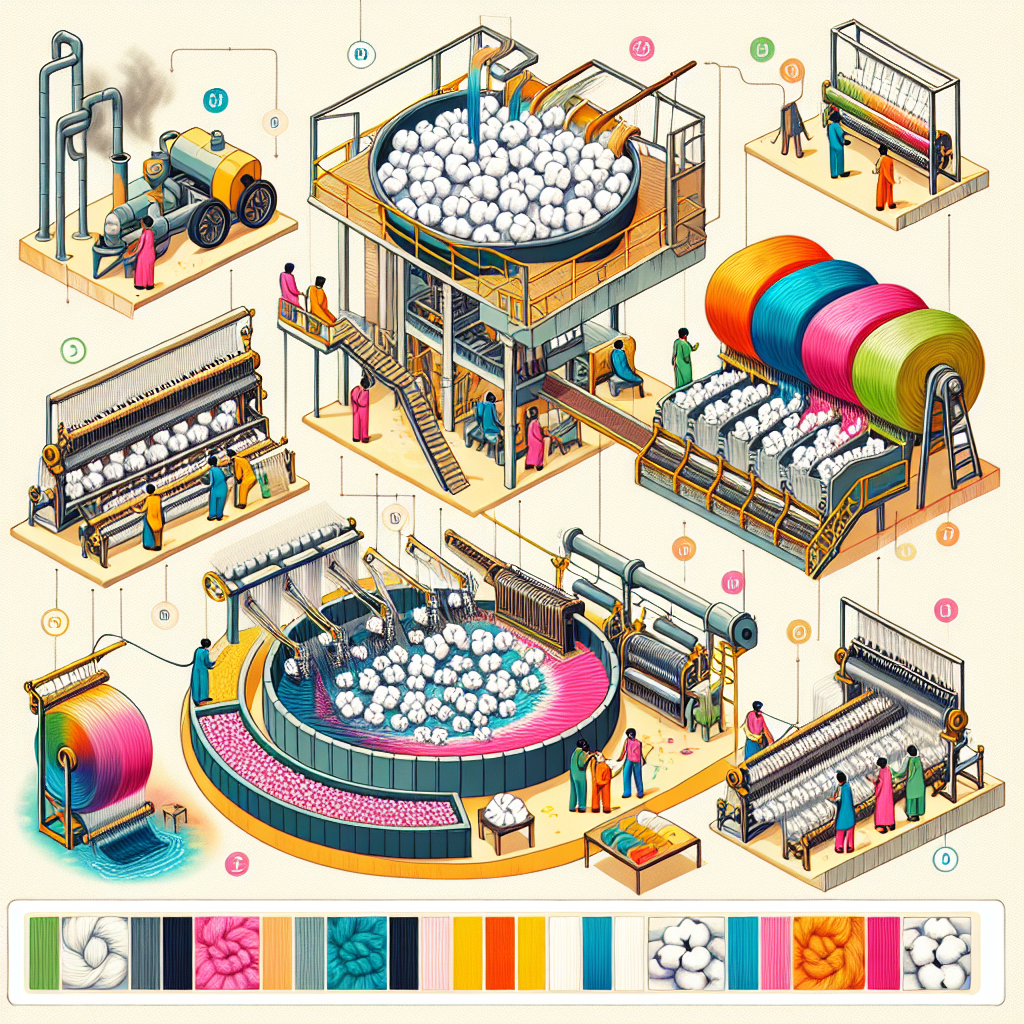
Cotton is a versatile and widely used material, found in everything from clothing to household items. But have you ever wondered how this soft and fluffy material is transformed from a plant into the fabric we know and love? The answer lies in the behind-the-scenes process of cotton processing in factories.
The journey of cotton processing begins in the fields, where the cotton plants are harvested and the raw cotton is collected. This raw cotton is then transported to factories, where it undergoes a series of steps to become the final product.
The first step in the cotton processing process is ginning. This is the process of separating the cotton fibers from the seeds and other debris. In the past, this was done by hand, but with the advancement of technology, ginning is now done using machines called cotton gins. These machines use rotating saws to remove the seeds and other impurities from the cotton fibers, leaving behind clean and fluffy cotton.
Once the cotton has been ginned, it is then sent to the next stage of processing, which is carding. This process involves combing the cotton fibers to align them in the same direction. This not only makes the fibers easier to spin, but it also ensures that the final product is of consistent quality. Carding machines use a series of rollers and brushes to comb the fibers, resulting in a thin sheet of cotton known as a sliver.
The next step in the process is spinning. This is where the cotton fibers are twisted together to form yarn. In the past, this was done using spinning wheels, but now it is done using spinning machines. These machines draw out the sliver and twist it into a continuous strand of yarn. The thickness of the yarn can be adjusted depending on the desired end product.
After spinning, the yarn is then sent to the weaving or knitting stage. Weaving is the process of interlacing the yarn to create a fabric, while knitting involves looping the yarn together to create a fabric. Both processes are done using specialized machines that can produce a variety of fabric types, from simple cotton sheets to intricate patterns.
Once the fabric has been woven or knitted, it is then sent to the finishing stage. This is where the fabric is treated to improve its appearance, texture, and durability. The fabric is first washed and bleached to remove any impurities and brighten the color. It is then dyed to achieve the desired color. After dyeing, the fabric is treated with chemicals to make it softer and more wrinkle-resistant. Finally, the fabric is dried and pressed to give it a smooth and finished look.
The machinery used in cotton processing is constantly evolving and improving, making the process more efficient and cost-effective. Modern factories use computer-controlled machines that can perform multiple tasks at once, resulting in a faster and more precise production process.
In addition to the machinery used in cotton processing, there are also various quality control measures in place to ensure that the final product meets the required standards. Samples of the fabric are regularly tested for strength, colorfastness, and other factors to ensure that the fabric is of high quality.
In conclusion, the process of cotton processing in factories involves a series of steps, each one crucial in transforming raw cotton into the fabric we know and love. From ginning to weaving, the machinery used in this process plays a vital role in producing high-quality cotton products. So the next time you put on a cotton shirt or use a cotton towel, take a moment to appreciate the behind-the-scenes process that went into making it.
Sustainable Practices in Cotton Processing: A Closer Look
Cotton is one of the most widely used natural fibers in the world, with a long history dating back to ancient civilizations. It is a versatile and durable material that is used in a variety of products, from clothing to household items. However, the process of turning raw cotton into the final product we see on store shelves is not as simple as it may seem. In fact, the production of cotton involves several stages, each with its own set of challenges and environmental impacts. In this article, we will take a closer look at the sustainable practices in cotton processing, and how factories are working towards reducing their environmental footprint.
The first step in cotton processing is harvesting. Traditionally, cotton was hand-picked, which was a labor-intensive and time-consuming process. However, with the advancement of technology, most cotton is now harvested using machines. While this has increased efficiency and reduced labor costs, it has also led to environmental concerns. The use of heavy machinery can damage the soil and disrupt the ecosystem, and the emissions from these machines contribute to air pollution. To address these issues, some farmers have started using more sustainable harvesting methods, such as using smaller machines or even hand-picking in some cases.
Once the cotton is harvested, it goes through a process called ginning, where the seeds are removed from the cotton fibers. This is a crucial step in the processing of cotton, as the seeds can damage the fibers and affect the quality of the final product. In the past, ginning was done using manual labor, but now it is mostly done using machines. However, these machines consume a significant amount of energy and can emit harmful pollutants. To reduce their environmental impact, some factories have started using more energy-efficient ginning machines and have implemented measures to capture and treat emissions.
After ginning, the cotton fibers are cleaned and straightened in a process called carding. This is followed by spinning, where the fibers are twisted together to form yarn. In the past, spinning was done using manual spinning wheels, but now it is mostly done using machines. These machines are faster and more efficient, but they also consume a lot of energy. To address this issue, some factories have started using renewable energy sources, such as solar or wind power, to power their spinning machines. This not only reduces their carbon footprint but also helps to lower their operating costs.
The next step in the process is weaving or knitting, where the yarn is turned into fabric. This is another energy-intensive process, as the machines used for weaving and knitting require a lot of power. To reduce their energy consumption, some factories have started using more energy-efficient machines and have implemented measures to recycle and reuse water used in the process. This not only reduces their environmental impact but also helps to conserve resources.
Once the fabric is woven or knitted, it goes through a process called finishing, where it is treated to improve its appearance and texture. This can involve processes such as bleaching, dyeing, and printing. These processes can be harmful to the environment if not done properly, as they can release toxic chemicals into the air and water. To address this issue, some factories have started using eco-friendly dyes and chemicals, and have implemented measures to properly treat and dispose of wastewater.
In conclusion, the production of cotton involves several stages, each with its own set of challenges and environmental impacts. However, with the increasing awareness of sustainability and the implementation of more eco-friendly practices, factories are working towards reducing their environmental footprint. From sustainable harvesting methods to using renewable energy sources and eco-friendly chemicals, these efforts are helping to make the production of cotton more sustainable. As consumers, we can also play our part by choosing products made from sustainably processed cotton, and supporting companies that prioritize sustainable practices. Together, we can make a positive impact on the environment and ensure a more sustainable future for the production of cotton.

